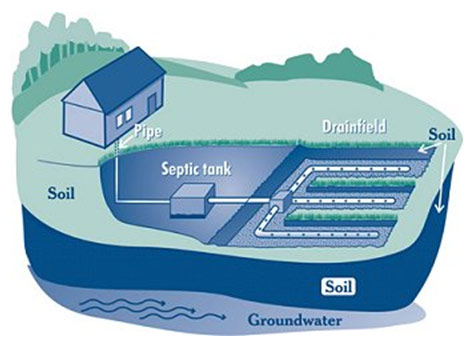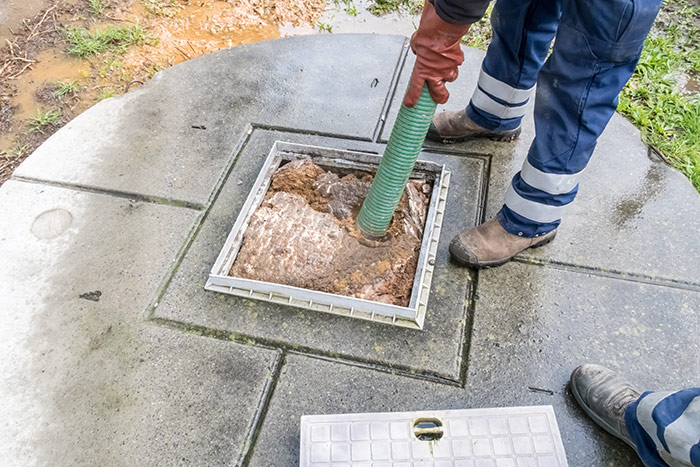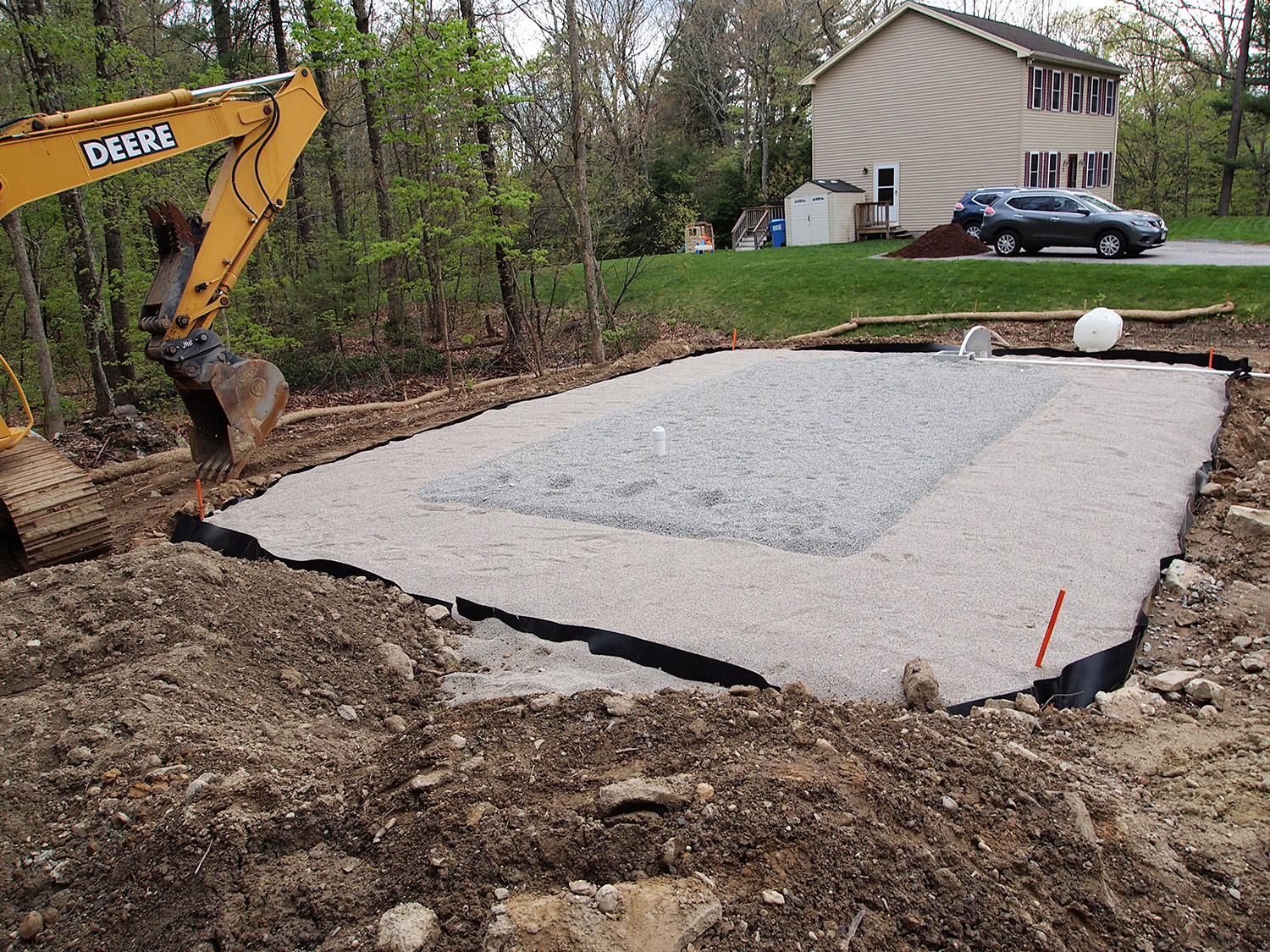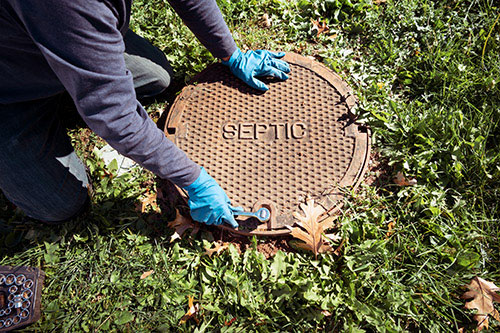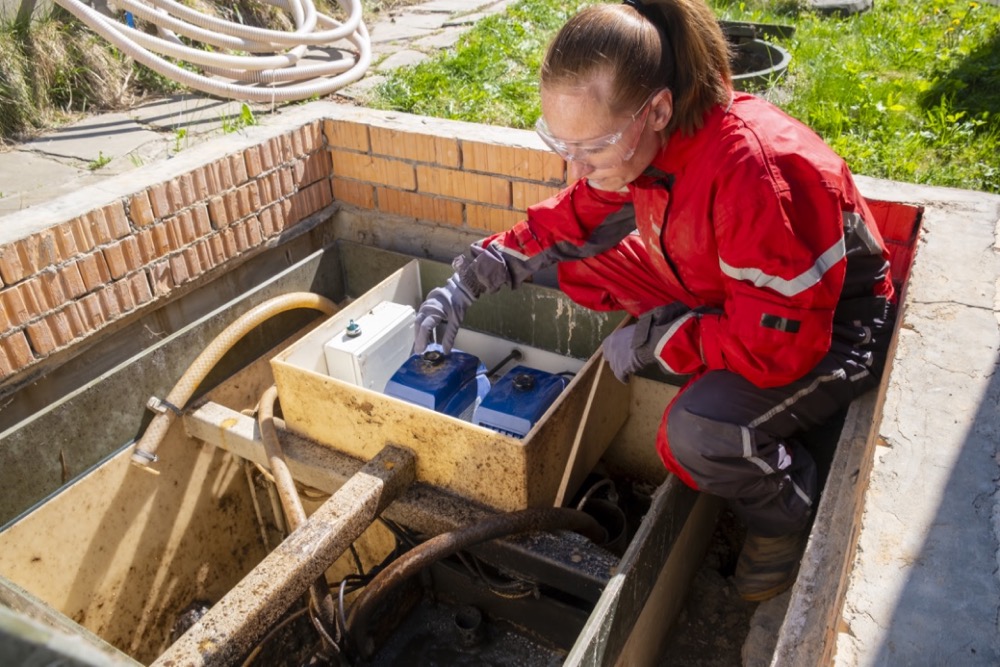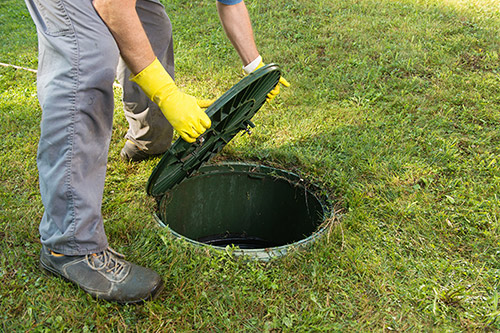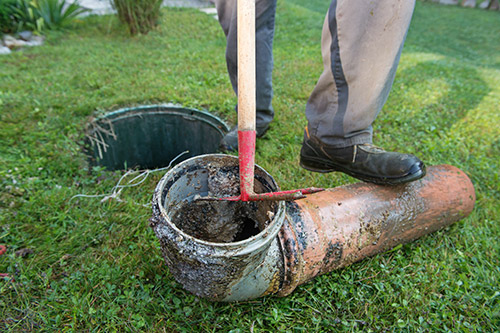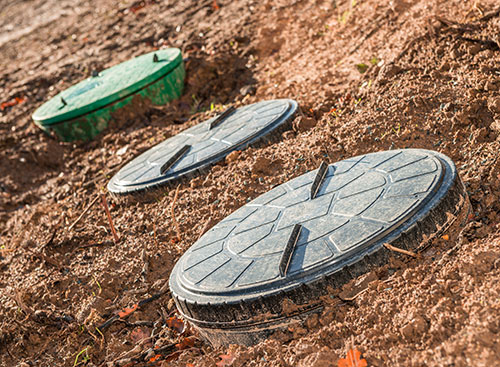
How many years does a septic tank last?
Depending on several elements, a septic tank will typically last 14 to 40 years.
Tank material: Concrete requires more maintenance, but commercial-grade fiberglass and plastic tend to last decades.
Maintenance: Get inspections every one to three years and pump it out every three to five years. If you have a larger home with more than three bedrooms and tend to use a lot of water, aim for every three years at a minimum.
Vehicle traffic over the leach field: Driving over the leach field compresses it and may cause it to fail.
Soil composition: Varying soil types and depths affect how long it may last.
What are the signs I need a new septic tank?
There are a few signs you should get a new septic tank. These include the following:
Unpleasant odors: If you smell sewage, you may be dealing with an overfilled septic tank that's solid waste.
Standing water: If there's no obvious cause for standing water like heavy rainfall, you may have an oversaturated drain field or a broken pipe or septic system.
Slow draining: A full septic tank will cause pipes to drain more slowly.
Patches of vibrant grass: A wastewater leak can actually fertilize grass, making it grow thicker and greener over your septic area.
Home addition: Building onto your house or adding more residents will affect the septic system. Make sure your septic tank can handle any additions.
Nearby water contamination: A septic tank leak can lead to wastewater contamination that can deposit nitrate, nitrite, or coliform bacteria in water sources near your home. If these bacteria are found nearby, check your septic system to see if it's the source.
Old age: If your septic tank is at the end of its life span, it's time for a new one.
How much do septic system repairs cost?
Septic tank repairs cost $650 to $3,000 by a septic system repair pro near you. Tank repairs usually cost less than $1,500 for each type of repair or part (listed below), while leach fields run $2,000 to $20,000.
Tank pump: $800–$1,500; a septic tank located lower than the drain field may require a pump to bring wastewater up to the drain field.
Pumping cost: $300–$600; even a properly functioning system will need to be pumped every three to five years to remove the solid waste.
Tank lid: $100–$300 to purchase and install; you'll only spend $50–$150 buying the lid and putting it on yourself.
Tank lid risers: $300–$1,000; they raise the lid level up to the surface for deeply buried tanks.
Contact Morse Engineering and Construction for more information.
Source: homeadvisor.com


